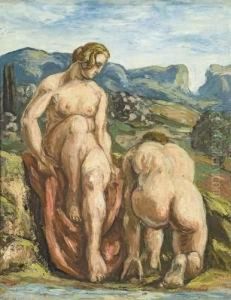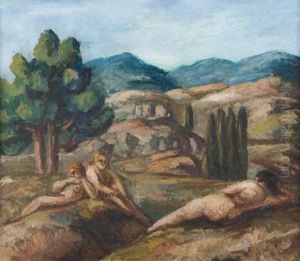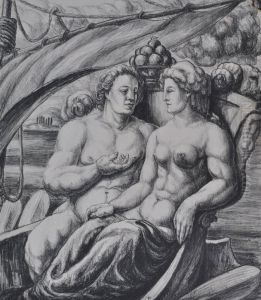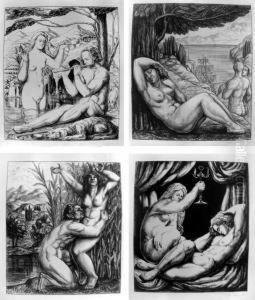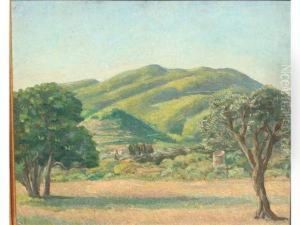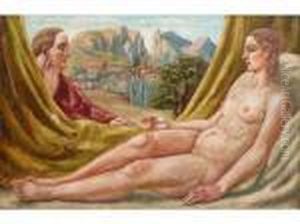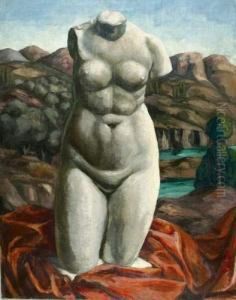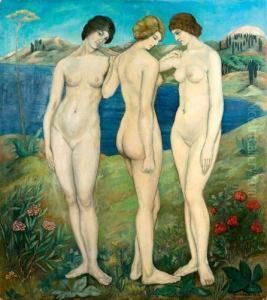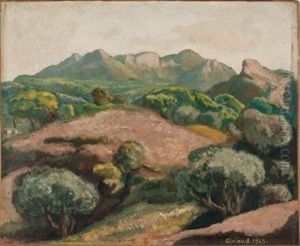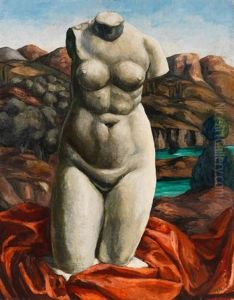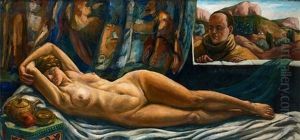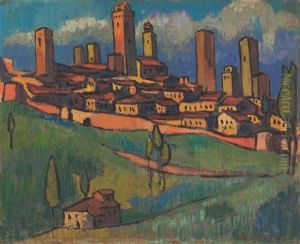Pierre Paul Girieud Paintings
Pierre Paul Girieud was a French painter and illustrator born on January 28, 1876, in Marseille, France. He initially trained in law before turning to art, studying at the École des Beaux-Arts in Marseille and later in Paris. His early work was influenced by the Symbolist movement and the Nabis, particularly the work of Paul Gauguin and Édouard Vuillard.
Girieud's painting style evolved significantly over the course of his career. He was associated with the Fauvists for a time, drawn to their bold use of color and expressive forms. However, he never fully adopted the Fauvist style and instead developed a unique approach that incorporated elements of Cubism and Expressionism.
In the early 20th century, Girieud was part of the circle of avant-garde artists in Munich and participated in the New Artist Association Munich (Neue Künstlervereinigung München, NKVM), which was established in 1909. Through this association, he became connected with influential figures such as Wassily Kandinsky and Alexej von Jawlensky. Girieud's work was included in the second NKVM exhibition in 1910, and he had a significant impact on the development of German Expressionism.
During World War I, Girieud served in the French army, and his experiences during the war influenced his art, leading to a more somber and reflective tone. After the war, he continued to paint, but he gradually moved away from the avant-garde and began to explore more traditional subjects and techniques.
Despite his early involvement with key movements and artists of the 20th century, Girieud did not achieve the same level of lasting fame as some of his contemporaries. His work, however, has been recognized for its contribution to the development of modern art, particularly in the context of German Expressionism.
Pierre Paul Girieud passed away on May 1, 1948, in Uriage, France. His legacy lives on in the collections of various museums and galleries, where his work continues to be studied and appreciated for its artistic significance and historical value.







